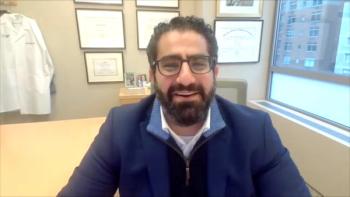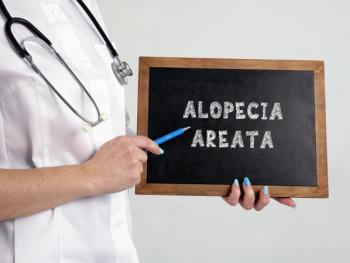
5 Key Takeaways From ASH 2017
Discussions at the 59th Annual Meeting and Exposition of the American Society of Hematology (ASH) included progress reports on genetically modified immunotherapy treatments, a new treatment paradigm for advanced Hodgkin lymphoma, possibility of treatment-free remission in chronic myelogenous leukemia, and challenges with hospice utilization for patients with leukemia.
One of the largest meetings for blood-based diseases was held in Atlanta, Georgia, December 9-12. Discussions at the 59th Annual Meeting and Exposition of the American Society of Hematology included progress reports on genetically modified immunotherapy treatments, a new treatment paradigm for advanced Hodgkin lymphoma, possibility of treatment-free remission in chronic myelogenous leukemia, and challenges with hospice utilization for patients with leukemia.
1. Outpatient administration and off-the shelf products possible for CAR T
A much-anticipated
Stephen Schuster, MD, of the Perelman School of Medicine, told The American Journal of Managed Care® (AJMC®) in an
2. ECHELON-1 results may shift the treatment paradigm in Hodgkin lymphoma
Phase 3
3. Transfusions may pose a barrier to hospice utilization in leukemia
Researchers from Brown University, Rhode Island Hospital, and Duke Cancer Institute used claims information from the linked Surveillance, Epidemiology, and End Results-Medicare database to identify Medicare beneficiaries 65 years and older with acute and chronic leukemias
“We found that those who are dependent on transfusions before hospice referral only used hospice for about 6 days. Those who do hospice care will tell you that using hospice care for just a few hours, or a few days, or even maybe a week or 2 is really not enough to derive the maximal benefits for patients and families when we know that it is really high-quality care for those who are at the end of life who need that care in terms of improving how they feel and their ability to stay at home when their time is short,” study author Thomas LeBlanc, MD,
4. Different outcomes in children versus AYAs with ALL
Adolescent and young adults (AYAs) with acute lymphoblastic leukemia (ALL) in specific have poor survival compared with children, according to Julie A. Wolfson, MD, of the University of Alabama at Birmingham School of Medicine. “In our study, we had comparable survival to what's been shown nationally before, which is about 70% to 80%, depending on their age; in AYAs, it's more 35% to 45%, depending on the age, as well,” Wolfson
According to Wolfson, relapse was more common among AYAs if they were of a nonwhite race and if they were not enrolled in a clinical trial.
5. Preventing cardiotoxicity and taking patients off treatment in CML
Francois-Xavier Mahon, MD, PhD, University of Bordeaux,
During the same session, Javid Moslehi, MD, of Vanderbilt School of Medicine, Nashville, Tennesse, discussed the cardiotoxic effects of TKIs, and emphasized the importance of educating both patients and providers of these risks.
Newsletter
Stay ahead of policy, cost, and value—subscribe to AJMC for expert insights at the intersection of clinical care and health economics.















































